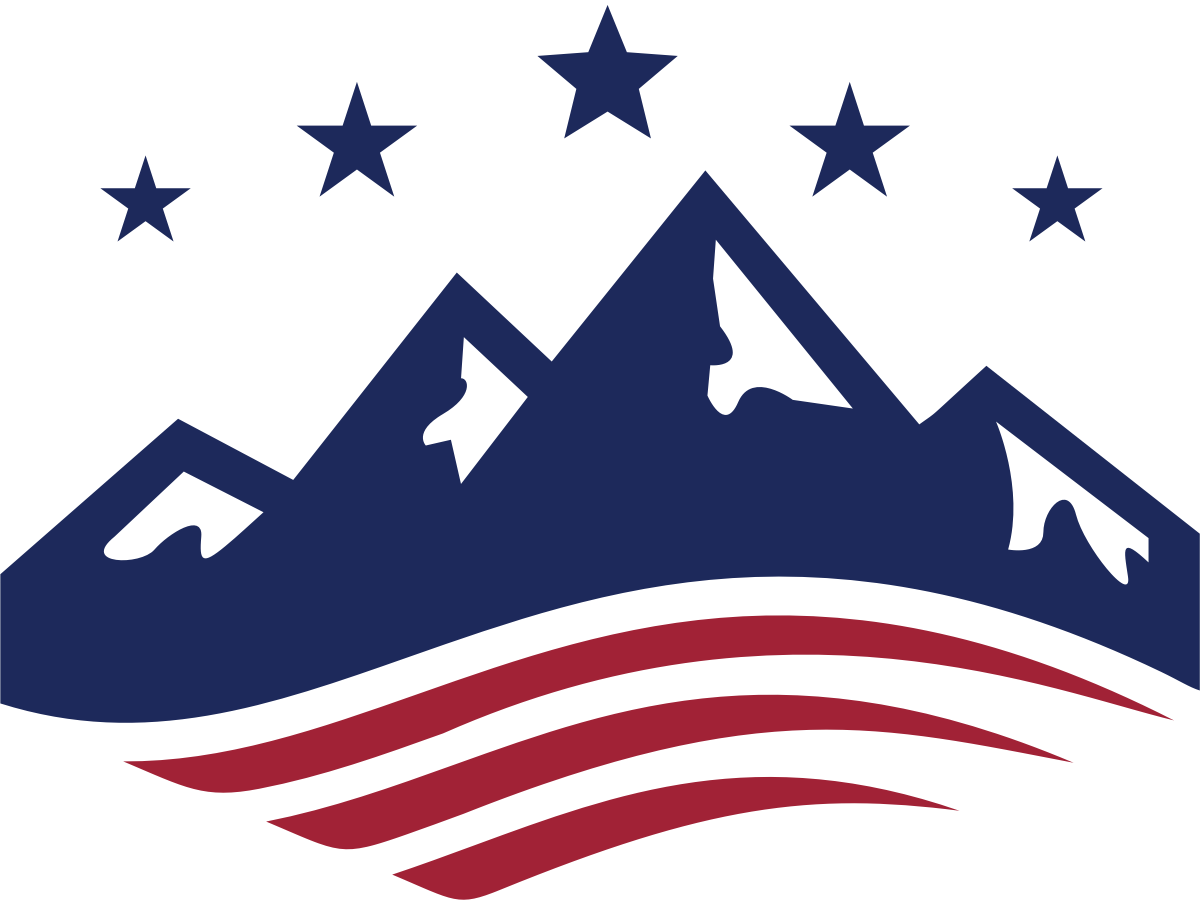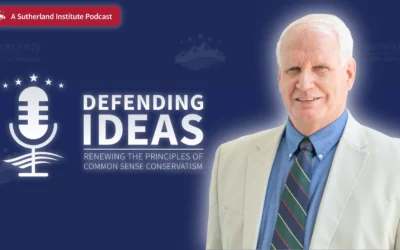
Written by Christine Cooke Fairbanks
July 27, 2023

Education choice is well-cemented in the Republican Party as a talking point, and a victorious one at that. Today’s Democratic Party has taken a position largely opposed to education choice. However, education choice is now being offered to more parents of all backgrounds, which reflects public school choice’s early bipartisan beginnings.
The early school choice movement that grew in the 1980s and 1990s has touch points with advocates and groups that are not singularly ideological or partisan. Early education choice efforts focused on public charter schools, more choice in district public schools, and private school choice programs like vouchers and tuition tax credits.
Those early efforts have led to significant expansion of education choice in recent years. As states continue to embrace education choice, more people are likely to experience its effects. This in turn is likely to create a broader demographic of education choice proponents than America has seen before.
How public charter schools began
Public charter schools are, as their name suggests, publicly funded schools that receive a charter from the state. Their charter allows public charter schools to operate independently from any school district and to try innovative pedagogies or school management practices.
Early thought leadership on public charter schools in the 1970s can be attributed to a New England educator named Ray Budde.
Budde wrote a paper in 1974 called “Education by Charter,” garnering almost no attention. But after the Reagan administration’s “A Nation at Risk” report was published in 1983, Budde decided to get his charter school paper published. He succeeded in 1988. After it was published, he sent it to then-President George H.W. Bush. It continued to attract little attention.
In July 1988, Budde learned that Albert Shanker, president of the American Federation of Teachers, had presented Budde’s proposal for “charter schools” in a National Press Club speech. Budde’s charter school idea wound up in a New York Times article and, ultimately, in the mind of policymakers.
In truth, Budde’s original concept was that charters would come from the districts themselves, a way to create innovation within existing schools – not to compete with public schools. Shanker’s derivative proposal was that new innovative schools ought to exist within shared buildings of other schools to improve the public schools through innovation and competition – not to step away from them.
This idea of charter schools made its way to the Minnesota state legislature. Three state legislators and advocates of the concept – all Democrats – chose to modify the idea to allow the state to authorize charters. This became the nation’s first charter school law in 1991, and the first public charter school in America was created in Minnesota the following year.
But Minnesota was not only a leader in creating the first public charter schools. It also was an early adopter of district public school choice by enacting the nation’s first open enrollment law in 1988.
Open enrollment laws
Open enrollment is a policy that allows students to transfer from one public school to another. State policies differ, meaning open enrollment can be mandatory or voluntary, or within districts (intradistrict) or between districts (interdistrict).
These transfers increase a family’s choices among public options – which is why it’s considered a public school choice policy. Where it exists, it ensures students are not strictly limited to schools based on their ZIP code, something that its advocates believe increases opportunity, though some critics believe it still contributes to separating students by wealth or race.
After Minnesota passed the first open enrollment law, several states followed suit. In 1989 Arkansas, Iowa, Nebraska and Ohio passed open enrollment laws. The next year, Idaho, Utah and Washington created open enrollment policies.
Today, 43 states have laws or policies that permit interdistrict open enrollment, while 27 states plus District of Columbia and Puerto Rico have laws or policies that permit intradistrict open enrollment.
Even today, some states allow public schools to charge tuition for transfer students, though this is seen as a barrier to a truly accessible open enrollment policies. According to some measurements, Utah, Arizona, Oklahoma, Kansas and Florida have the best (least restrictive and most transparent) open enrollment laws in the nation.
The growing popularity of public-school choice
Public charter school laws spread quickly from Minnesota to other states. In many instances – like California, Colorado and Massachusetts – the push toward public charter schools came through Democratic or bipartisan leadership.
Today charter schools are a staple of America’s public-school choice offerings. Charter school laws now exist in all states except (as of 2022) Kentucky, Montana, Nebraska, North Dakota, South Dakota, Vermont and West Virginia.
At the federal level, public charter schools also benefited from progressive advocates, including Albert Shanker. Federal charter school policies had bipartisan support and were actively championed during the Clinton and Obama administrations.
For instance, Democratic President Bill Clinton advocated for the Charter Schools Program to fund new public charter schools (something his Republican successor, President George W. Bush, also supported). Clinton also signed The Charter School Expansion Act, which created incentives for states to expand or improve charter schools.
Likewise, Democratic President Barack Obama promoted public charter schools during his time in office. He increased funding for the Charter Schools Program. He also used the American Recovery and Reinvestment Act to replicate high-performing charter schools and used the Race to the Top competitive grant program to help lift caps on charter school enrollment.
President Donald Trump’s administration’s emphasis on school choice naturally favored charter school expansion. However, during President Joe Biden’s administration, new regulations enacted tighter restrictions on the Charter School Program – a change in approach relative to all of his immediate predecessors.
In short, the story of public charter schools in America – both at the state and federal levels – has been one of leadership by progressive advocates and bipartisan support.

Insights: analysis, research, and informed commentary from Sutherland experts. For elected officials and public policy professionals.

-
Charter schools were initially advocated for by progressive leaders like Albert Shanker, former president of the American Federation for Teachers.
-
At both the state and federal levels, charter schools benefited from bipartisan support.
-
Open enrollment is another form of public school choice that has spread in some form to the majority of states.
Read More
Protecting property rights against government overreach
While governments can continue to regulate land use, these regulations and fees must be justified by a government interest and proportional to the effect of the development’s impact on that interest.
Do we need to care about the Utah State Board of Education?
For any Utah voters who also feel like K-12 public education is headed in the wrong direction, learning about the candidates running for a seat on the Utah State Board of Education (USBE) is a wise choice this election season.
Defending education choice the right way
Education choice has exploded in popularity across the nation in recent years. So why does it remain a contentious point of debate in some parts of the country?


